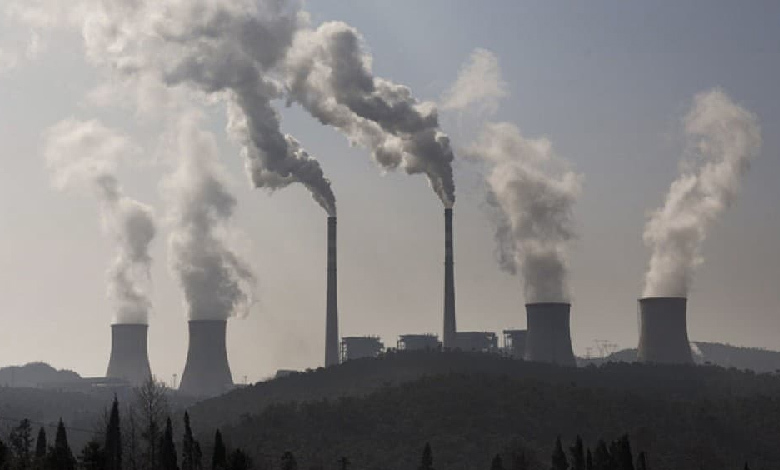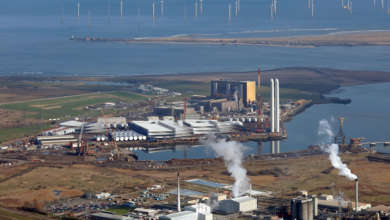Is China going to miss its 2025 climate targets despite rapid advances in clean energy output?

China is off track on all of its core 2025 climate targets, according to an analysis conducted by Lauri Myllyvirta, a lead analyst at the Centre for Research on Energy and Clean Air (CREA) – despite clean energy currently being the biggest driver of the country’s economic growth.
Following years of extraordinarily rapid growth, China is now facing a slowdown. The government has supercharged the growth of the renewable energy industry but has also poured stimulus funds into construction and manufacturing, and continues to approve coal power.
China likely to miss climate targets – let’s understand
Under the Paris Agreement, China’s climate pledges include increasing the share of non-fossil energy sources to 20% and reducing the carbon intensity of the economy – the number of grams of CO2 released to produce a kilowatt hour of electricity – by 18%.
During the pandemic, the government supported construction and manufacturing, shifting the pattern of growth onto a carbon-intensive route. Simultaneously, other nations supported households, driving up demand for consumer goods, resulting in an export boom from China.
In 2023, China commissioned as much solar PV as the entire world did the year before, according to the International Energy Agency. But the rapid growth in energy demand in recent years outstripped the notable clean energy additions.
If the current trend of increased energy demands continues, energy production from non-fossil sources would need to grow by over 11% a year to meet the 2025 objective. Currently, renewable energy production is increasing by a yearly rate of 8.5%.
China must take determined action immediately
On the target of reducing the carbon intensity of the economy by 18% by 2025, the country has only managed a 5% reduction since 2020. That means emissions will have to come down in absolute terms from 2023 to 2025, according to the Guardian.
Since President Xi Jinping pledged to “strictly control” new coal power in 2021, the approval of new coal has actually increased swiftly. Nearly 50% of the growth in power generation between 2020 and 2023 came from the polluting energy source.
 NEW | China risks missing multiple climate commitments as coal power surges
NEW | China risks missing multiple climate commitments as coal power surges
 Despite 2021 pledge to “strictly control” new coal power, China’s approvals up 4-fold in 2022-2023
Despite 2021 pledge to “strictly control” new coal power, China’s approvals up 4-fold in 2022-2023 Clean energy & storage deployment
Clean energy & storage deployment


